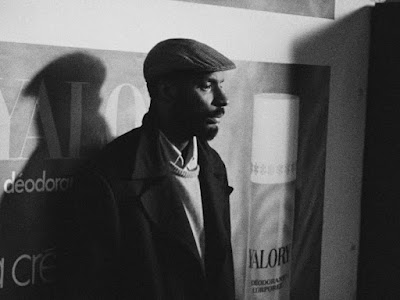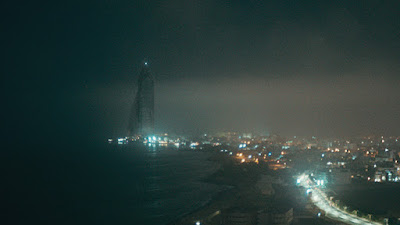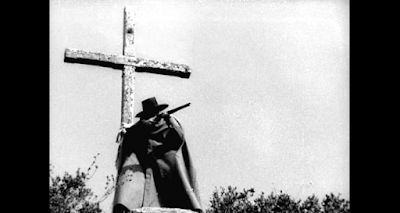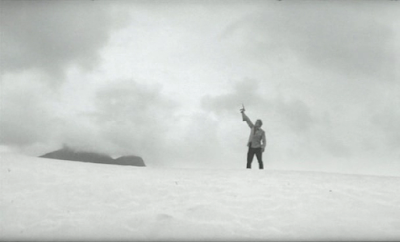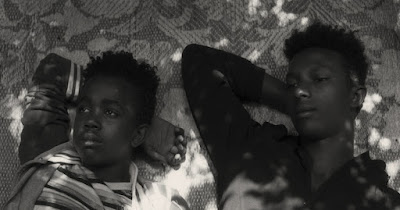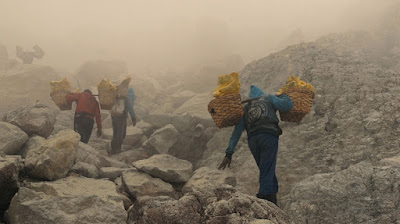1. Death Disturbs / La mort trouble (1970, co-directed with Claude d’Anna)
2. Caméra d’Afrique (1983)
3. Caméra Arabe (1987)
4. Halfaouine: Boy of the Terraces (1990)
5. A Summer in La Goulette (1996)
6. Villa Jasmin (2008)
7. Zizou and the Arab Spring / Sweet Smell of Spring (2016)
It was a pleasant surprise to recently come across Férid Boughedir’s 2016 film Zizou and the Arab Spring because almost two decades had passed since I last saw a film by him, A Summer in La Goulette. The release of Zizou means Férid Boughedir has now directed 6 features in his career, 7 when including 1970’s La mort trouble which he co-directed Claude d’Anna. The quality of Boughedir’s films more than makes up for the lack of quantity as each film is a delightful treasure.
Boughedir started his career as a film critic covering African cinema at the onset of the Carthage and Ouagadougou Film festivals in the late 1960s. In last year’s discussion with the African Film Festival (NY), Boughedir described how he was fortunate to witness the emergence of African cinema due to these film festivals and how that changed his conception of what African cinema was and could be.
This long passage of time in between his movies also changed the medium of how I viewed his films. I saw Caméra arabe and Halfaouine on VHS tapes which I rented from a video store. Next, I saw A Summer in La Goulette on cable TV via Showcase channel’s weekly foreign film series (note: it was also on Showcase that I used to watch Cameron Bailey introduce cutting edge foreign/indie films on a weekly basis). And now, I have seen Zizou and the Arab Spring via streaming (Kanopy). This progression of watching films via different mediums feels appropriate when discussing Boughedir as he has been there to document the rise of African films from the initial days of 35mm film to digital streaming.
Coming of Age
Férid Boughedir’s critical coverage of African and Arab cinema in print and via film are essential for providing a gateway to understanding how cinema came of age in these two cinematic regions. In the above African film festival interview, Boughedir mentioned that he felt he had to document African cinema and their initial masters/pioneers first before he could even consider making his own first film even though the script for Halfaouine was already written before he directed Caméra d’Afrique. The wait proved worthy because Halfaouine: Child of the Terraces (1990) proved to be a watershed moment for his career and by extension Tunisian cinema itself. Based on some elements of Boughedir’s life, Halfaouine is a beautiful coming-of-age story that respectfully depicts the arise of sexuality, curiosity in a young boy.
The political commentary that was on the fringes of Halfaouine and A Summer in La Goulette certain takes center stage in Zizou. In those earlier films, the political revolution and six-day war references are heard on the radio or via dialogues but in Zizou, the main character accidentally becomes the poster boy for the Tunisian revolution and in turn for the Arab Spring. There is plenty of charm and romance in the film and the comedic style is clearly a Boughedir signature. The satire and comedy is Zizou is not like the deadpan style of Aki Kaurismäki or Jim Jarmusch because in the film, the joke is only on Zizou. The other characters are clearly duping him and the audience is also in the know. It is a film that deserves a happy ending and thankfully Boughedir doesn’t disappoint.




